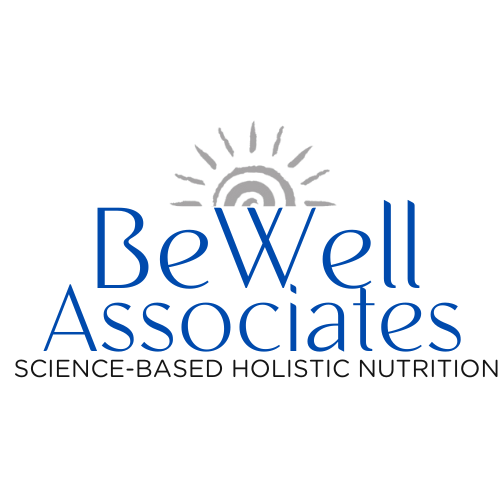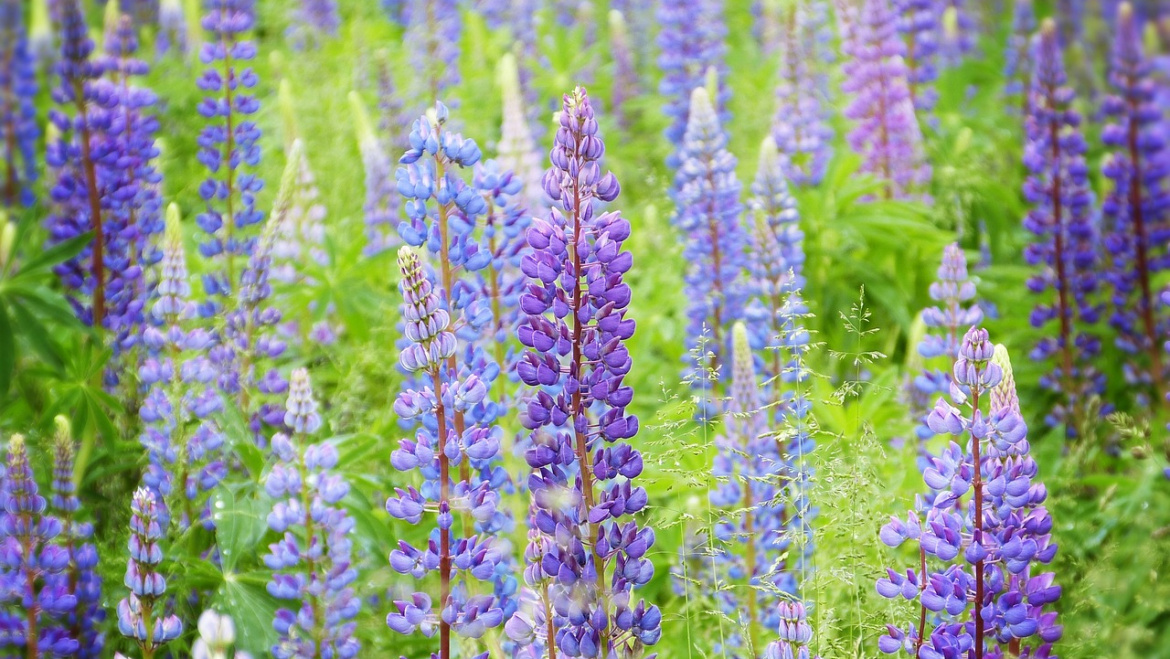What do headaches, itchy skin and hives, anxiety, acid reflux, and sinus congestion have in common?
You might be surprised to hear that these symptoms may be brought on by the apple cider vinegar you’re swigging, all the fresh citrus and dried fruits you’re eating, nuts and seeds you’re snacking on, and green tea you’re drinking.
All healthy foods, right?
Yes, they sure are. But they are also high in the neurotransmitter histamine. The inability to break down this naturally occurring molecule, which is most often associated with seasonal allergies, may be the single cause of this great variety of symptoms.
The condition has been labeled “histamine intolerance.”
The culprit is usually lack of diamine oxidase (DAO), an enzyme that breaks down histamine in the digestive tract and neutralizes allergic reactions. Histamine N-methyltransferase (HMT) is the other enzyme that metabolizes histamine in the body. Both are genetic variations, and both can lead to allergy-like misery. The tricky thing about identifying histamine intolerance is that the response to foods is cumulative and not immediate. Here’s why.
When eating a high histamine diet, even a single serving can trigger symptoms because the system is overloaded with histamines. If the diet is lower in histamine-rich foods, more servings are needed to trigger a response. This makes it very difficult to identify the cause of the reactions because one can eat the same food on different days and react one day but not the next, depending on what the “total load,” or sum total consumption, of histamines is at any given time. Plus, with an increase in airborne allergens, such as seasonal pollens, the histamine response will flare due to the additive effect of the environmental assault on top of food-caused irritants.
Here’s an example:
You have two glasses of wine with a seafood entrée, a strawberry-spinach salad with walnuts and balsamic vinaigrette, and chocolate mousse for dessert. No problem. Until you add a third glass of wine or top that salad with goat cheese. Or it’s springtime and the grasses you are allergic to are blooming, raising your histamine load so high that you feel a headache coming on or a stuffy nose starting to develop.
What to choose instead?
Substituting a house salad for the strawberry spinach salad and apple pie for the chocolate mousse may make the difference between having an allergy reaction or not, even with the pollens in full force. Or you could manage the entire meal with spinach, strawberries, and chocolate in winter without any problems, because there are no pollens to add to your total load.
So why do people develop histamine intolerance?
Functional Nutritionist Chris Kresser, M.S., L.Ac., posits that it’s related to small intestinal bacterial overgrowth (SIBO) and the resulting disrupted gut bacteria. In fact, he goes so far as to say that certain bacteria ferment undigested food and cause a buildup of histamine in the small intestine.
In fact, a specific form of foodborne illness, scrombroid poisoning, is the result of histamine production by bacteria in spoiled food. Seafood is especially vulnerable to poor handling. Many a “seafood allergy” was actually a histamine reaction to fish that wasn’t handled properly. A similar effect occurs on leftover food when bacteria produce histamines; freezing stops this from happening.
Hormonal fluctuations also affect histamine levels. High progesterone states such as pregnancy suppress histamines, which is why pregnant women often feel great while they are expecting but resume their headaches and stuffy noses after delivery.
There are two easy ways to improve the body’s ability to break down and eliminate histamines. The supplement DAO, an enzyme derived from pork, digests histamines. So do certain strains of gut bacteria. Of course, the best way is to pay attention to what you eat and how it makes you feel, especially as seasonal allergies ramp up.
Histamine-Rich foods
- Fermented soy products (such as soy sauce, miso)
- Fermented foods: sauerkraut, vinegar, kefir, yogurt, kombucha, etc.
- Vinegar-containing foods: pickles, mayonnaise, olives
- Cured meats: bacon, salami, pepperoni, luncheon meats, and hot dogs
- Soured foods: sour cream, sour milk, buttermilk, soured bread, etc.
- Tea (regular or green)
- Chocolate, cocoa, and cola drinks
- Alcoholic beverages of all types
- “Dealcoholised” beverages (e.g., beer, ale, wine, etc.)
- Dried fruit: apricots, prunes, dates, figs, raisins
- Most citrus fruits
- Aged cheeses including goat cheese
- Nuts: walnuts, cashews, and peanuts
- Vegetables: avocados, eggplant, spinach, and tomatoes
- Smoked fish and certain species of fish: mackerel, mahi-mahi, tuna, anchovies, and sardines
- Cinnamon, cloves
- Chili powder, anise
- Curry powder, nutmeg
Histamine-Releasing Foods
- Bananas
- Cow’s milk
- Papaya
- Pineapple
- Shellfish
- Strawberries
- Wheat germ
- Many artificial preservatives and dyes
- Azo (nitrogen-containing) food dyes such as tartrazine
- Preservatives such as benzoates, sorbates, sulphites
Low Histamine Foods (Safe List)
- Freshly cooked meat, poultry (frozen or fresh)
- Freshly caught fish
- Eggs
- Gluten-free grains: rice, quinoa
- Fresh fruits: mango, pear, watermelon, apple, kiwi, cantaloupe, grapes
- Fresh vegetables (except tomatoes, spinach, avocado, and eggplant)
- Dairy substitutes: coconut milk, rice milk, hemp milk, almond milk
- Cooking oils: olive oil, coconut oil
- Leafy herbs
- Herbal teas
DAO-Blocking Foods
- Alcohol
- Energy drinks
- Black tea
- Mate tea
- Green tea
Histamine Raising Probiotics
- Lactobacillus bulgaricus
- Lactobacillus casei
- S. thermophilus
- Lactobacillus delbrueckii
Histamine Lowering Probiotics
- Bifidobacterium infantis
- Lactobacillus gasseri
- Lactobacillus rhamnosus
- Bifidobacterium longum
- Lactobacillus plantarum
- Bifidobacterium breve
- Lactobacillus salivarius
- B. Bifidum
- Lactobacillus reuteri
If you need help sorting out your histamine response, schedule a Free 15-Minute Consultation with me. I look forward to helping you!
Be Well!





Add Comment